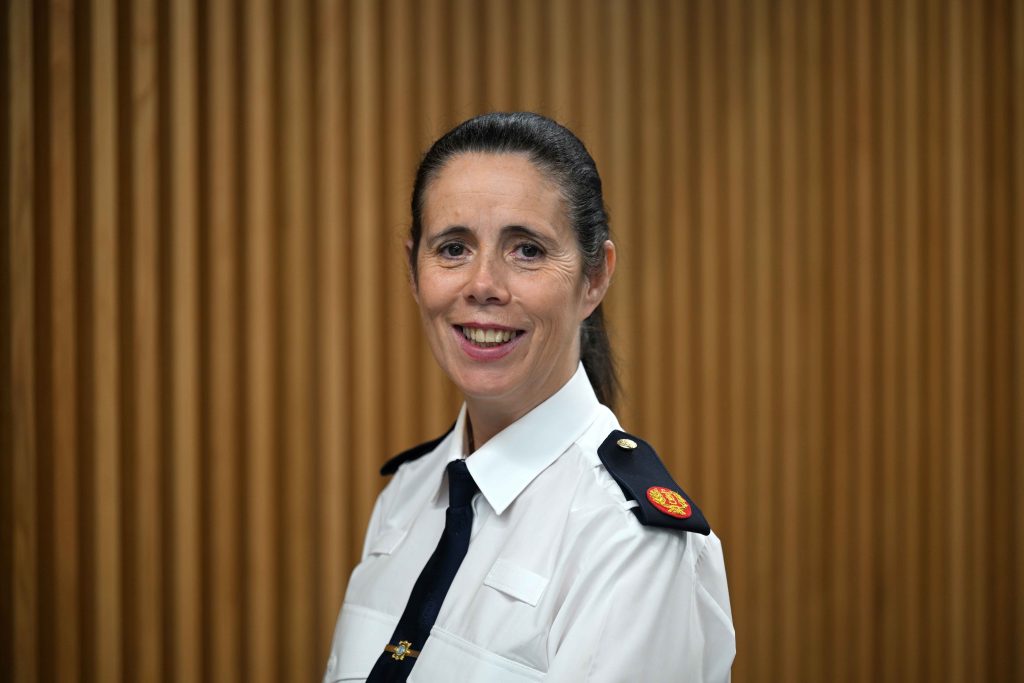The Road Safety Authority (RSA) has published a new report, Serious Injuries from Single-Cyclist Collisions in Ireland, which reveals a concerning upward trend in the number of cyclists sustaining serious injuries in crashes involving no other vehicles.
The study draws on data from two complementary sources, RSA collision data from An Garda Síochána and the Hospital In-Patient Enquiry database. Single-cyclist collisions are incidents where only one bicycle is involved.
According to the collision data, frequent scenarios for single-cyclist collisions include an interaction with the road surface, loss of control of the bike, striking a kerb or footpath, or the avoidance of another vehicle.
Single cyclist collisions account for a significant proportion of cycling-related injuries across the country.
Key Findings from hospital data:
- Between 2014 and 2023, the number of cyclists hospitalised following single-cyclist collisions increased from 155 in 2014 to 407 in 2023.
- The highest numbers of hospitalised cyclists following single-cyclist collisions were recorded in 2020 (547) and 2021 (548).
- The Dublin area accounted for a high proportion of single-cyclist collisions (35 to 40% of all cyclist incidents).
An analysis of hospital data over the most recent years (2019–2023), revealed that more than 2,300 cyclists were hospitalised from single-cyclist collisions, with 17% sustaining clinically serious injuries that carried a higher risk of long-term consequences.
- The majority of hospitalised cyclists were male (around three quarters), with younger cyclists (under 14 years) particularly affected.
- Injuries often involved the upper limbs, head, and lower limbs, with serious cases requiring an average of seven days in hospital.
Niall Connor from Dundalk shared his experience of living with a brain injury sustained 30 years ago from a fall from his bike at the young age of 14. Niall’s story is a reminder that recovery can be lifelong. Supported by Rehab Care, he is passionate about raising awareness of the hidden impacts of brain injuries and the importance of prevention through road safety education.
“When you’re young, it’s easy to feel invincible — I certainly did. But one moment can change everything. A simple cycle near my home ended in a crash that changed my life forever. I sustained serious, life-changing injuries from a moment’s loss of control. Decades later, I still live with the consequences.”
“Reports like this matter because they show that these incidents can affect and alter the course of someone’s life. We need to treat single-cyclist collisions as a serious public safety issue, not just a cycling one.”
The findings also show that collision data significantly underreports the true scale of single-cyclist collisions when compared with hospital records, a trend consistent with international evidence. This highlights the importance of complementing collision data with hospital records. While collision data provides valuable information to understand the circumstances of single-cyclist collisions, hospital records provide a more accurate estimate of their number, and additional information on the impact of these collisions on the casualties’ health.
RSA Chief Executive Sam Waide said: “This research is shared with the NTA and stakeholder groups such as Cycling Ireland. The RSA is committed to enhancing education and awareness and working with stakeholders to use this evidence to inform road safety policies, improve infrastructure, advertising campaigns and raise awareness among cyclists and other road users.”
The RSA supports the important work of Cycling Ireland’s Cycle Right training programme, contributing €200,000 in recent years. In 2025 alone, more than 40,000 children will participate in the programme.”
Ciaran Cannon, President of Cycling Ireland, said; “We are proud to partner with the Road Safety Authority and the Department of Transport in delivering the Cycle Right programme, educating thousands of children every year on the fundamentals of safe cycling. But this report makes clear that education alone is not enough. Single cyclist collisions can result from poor road surfaces and inadequate cycling infrastructure. We urgently need to prioritise investment in safer road design, consistent road maintenance, and high-quality cycling infrastructure that safeguards all who share the road.”
Link to the report can be found here



